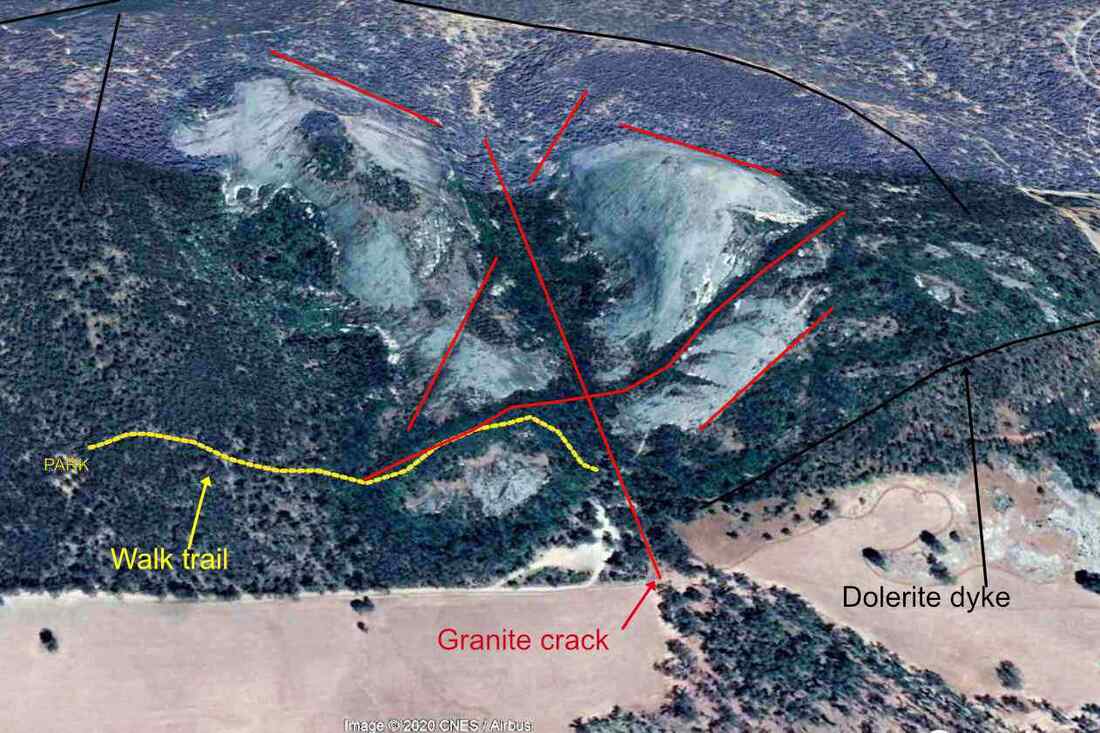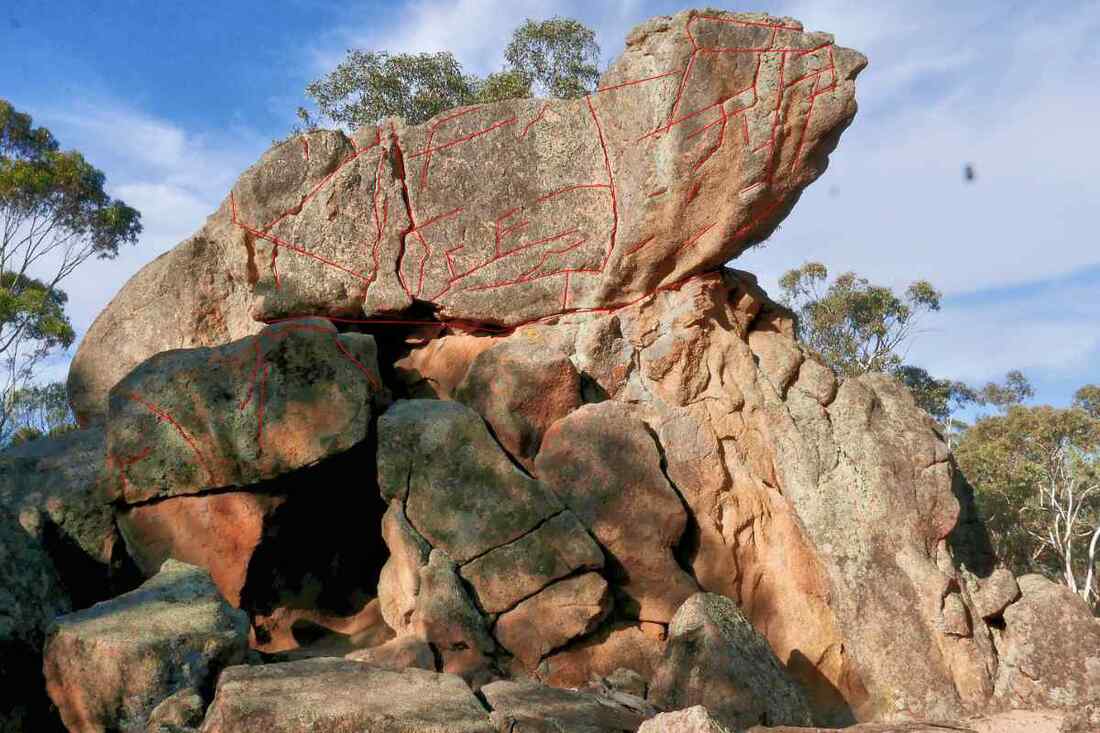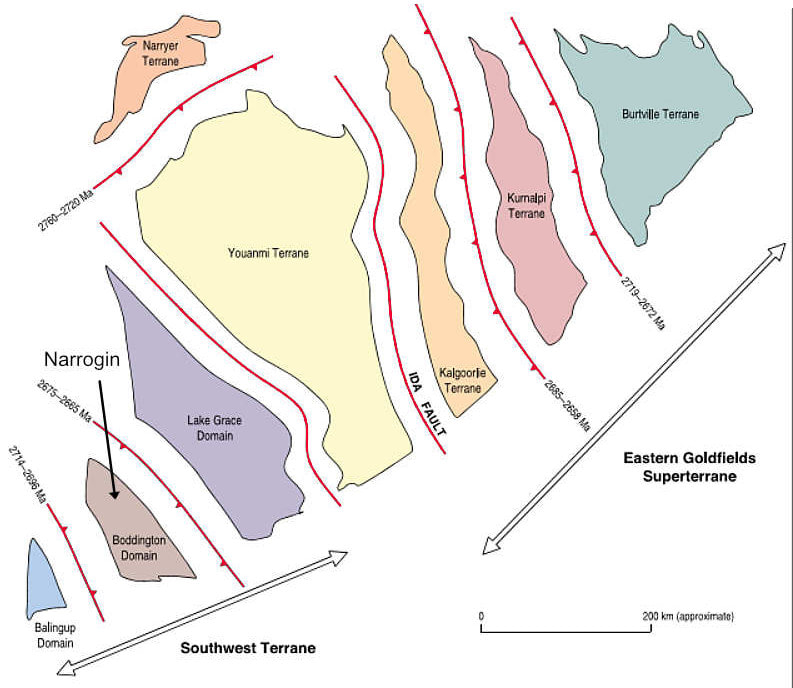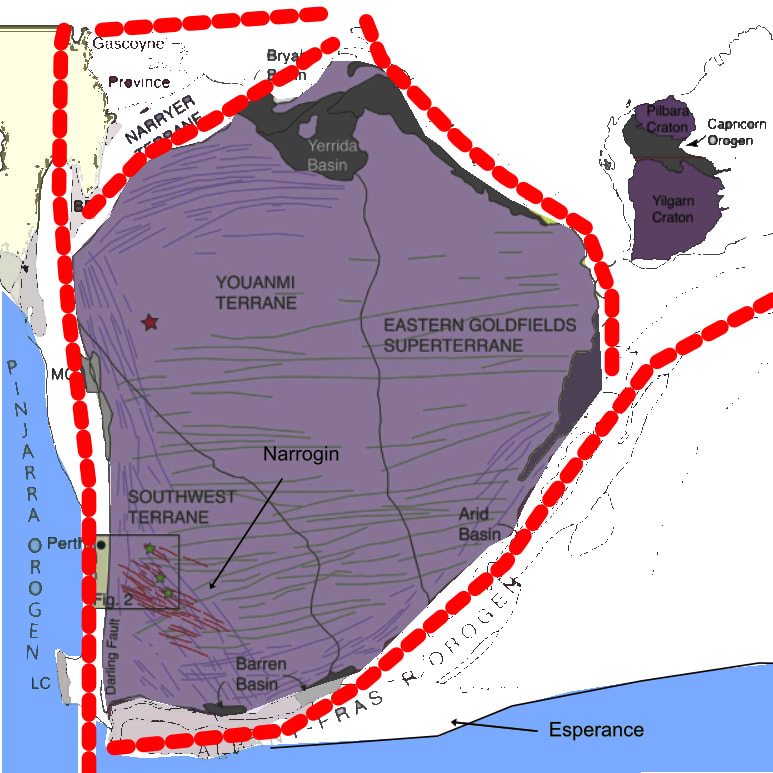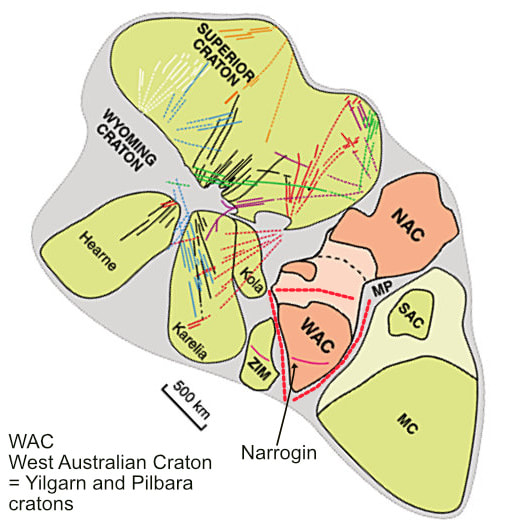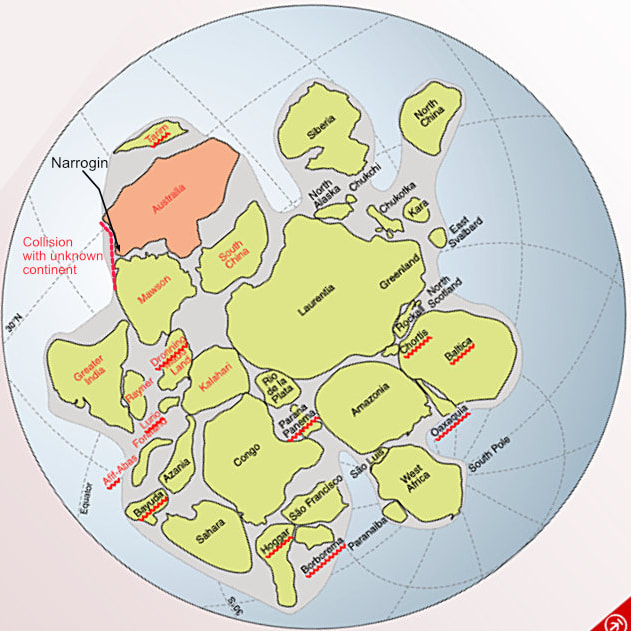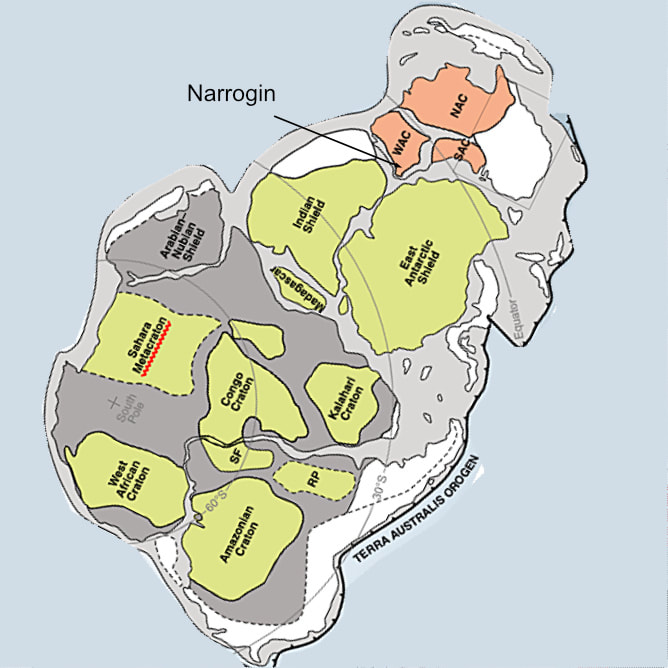 Granite formation during subduction
Granite formation during subduction Some years ago, a visiting Scot remarked that our granite rocks looked old and tired compared with the ones at his homeland. I had to agree. Unlike Scotland, our Yilgarn craton bedrock has been stable for millions of years. No geologically recent volcanism or mountain building events. And best of all no haggis!
Granite forms when geological plates collide and one slips under the other (subduction, see this blog).
WA granites formed over 2 billion years ago
Over hundreds of millions of years, the top of our granite bedrock has been very slowly breaking down to soil that has been washed or blown away causing mountains to flatten.
About 300 million years ago the land was also ground down by glaciers. Overall, long term erosion has lowered the ground level by up to 5 km.
It is over this time that our granites have cracked and weathered (become tired).
The bedrock has been fractured many times as the craton has been shunted around during supercontinent cycles. Intact solid rock outcrops like Yilliminning rock less frequent. Most granite outcrops have horizontal and vertical cracks (called joints) that weather to large boulder heaps and cracked rock outcrops.
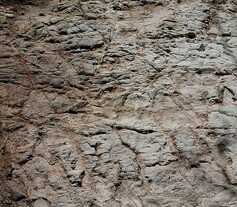 Cracks in a 2 metre square area of exposed pallid clay on a ridge
Cracks in a 2 metre square area of exposed pallid clay on a ridge Locally, the most obvious area is southwest of Narrogin, where much of the old laterite cover has been removed and soil has formed on basement rock.
Newman Block is a great example. Lines of vegetation reflect changes in the granite ‘grain’ as well as faults and dykes. The image on the left of pallid zone clay on a ridge displays an amazing number of joints that are in the underlying bedrock.
Eager to learn why the joints follow particular directions I started reading on and on and on…… It is a long and fascinating story.
The orogens on the north, northeast and southwest sides formed when the Yilgarn Craton collided with other land masses as the Australian continent was being built up. The Pinjarra orogen on the west side has had at least three collisions with other land masses including the Zimbabwe craton and India.
The images below show the position the WA in three supercontinents before they split apart. I have taken the liberty of rotating the supercontinents so that WA is in its present north/south orientation.
The radiating multi-coloured lines on the Nuna supercontinent are joints caused by pressure from mantle hotspots that have filled with intrusive rock to form dykes (see this blog). These also affect the direction of joints in continental rocks.
The Australian plate is inexorably drifting north and is subducting underneath the Eurasian Plate. In a couple of hundred million years Darwin could be a suburb underneath Bali, or possibly a ski resort!
This subduction is extremely slowly causing the Northern Australian coastline to sink, and the south coastline to rise (unfortunately not as fast a sea level rise from climate warming).
Stress from tilting of the Australian Plate is a cause of earthquakes like the Meckering quake.
It is no wonder that our granites look old and tired. Still they create interesting shapes and landscapes.
